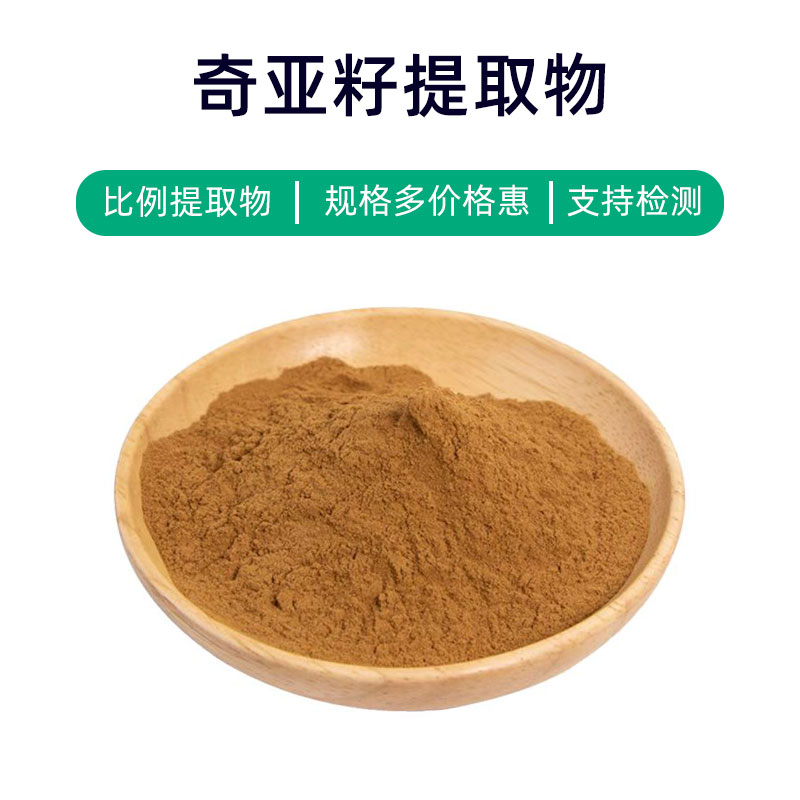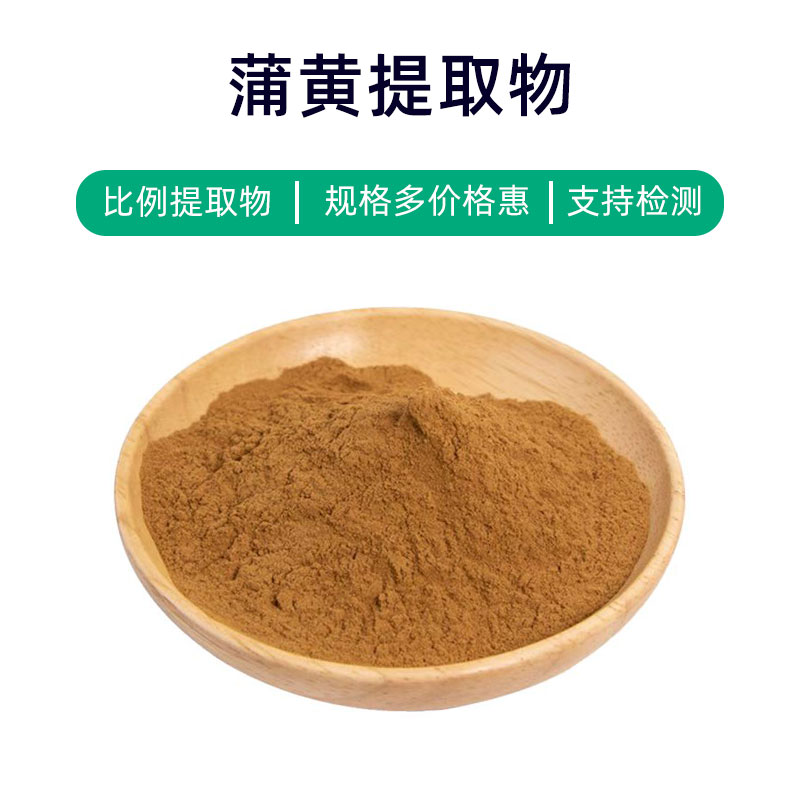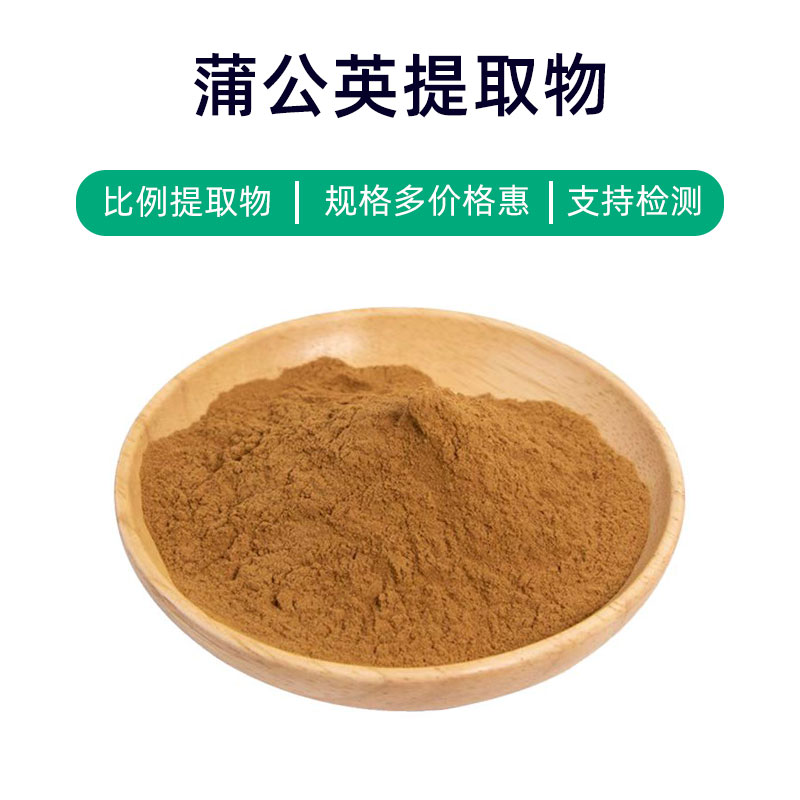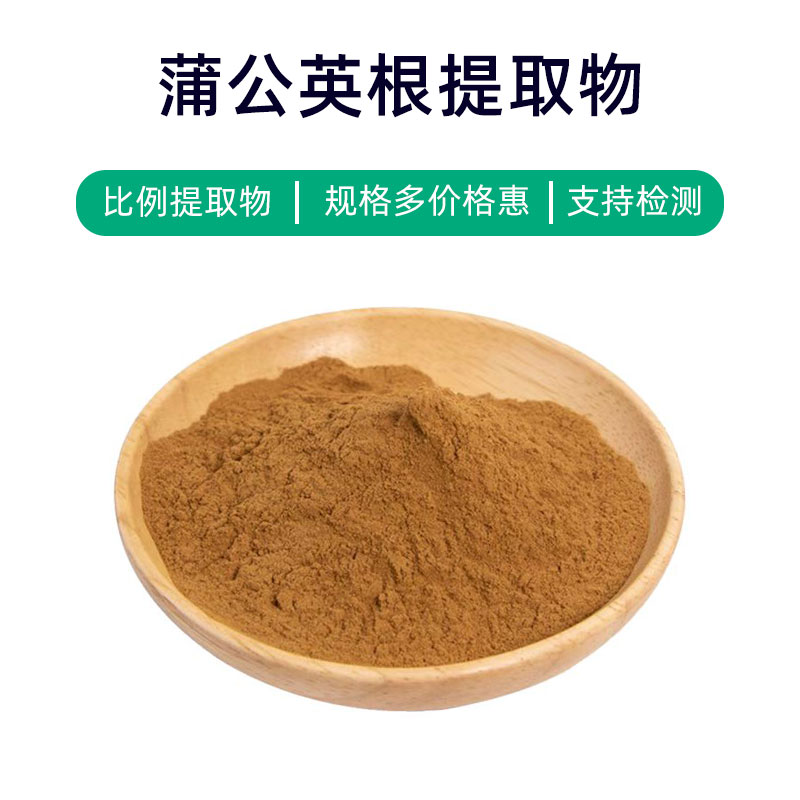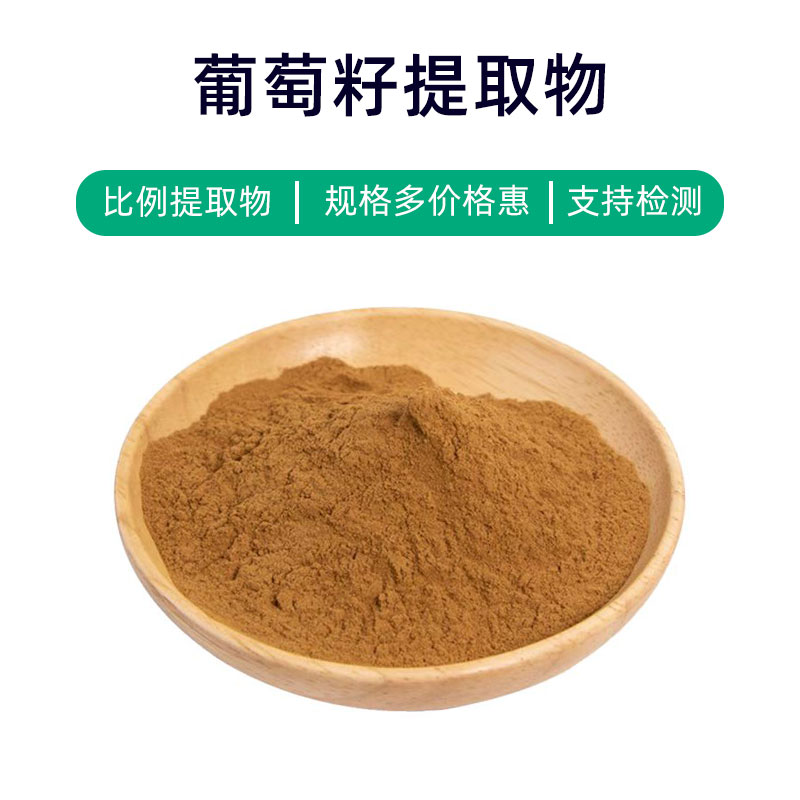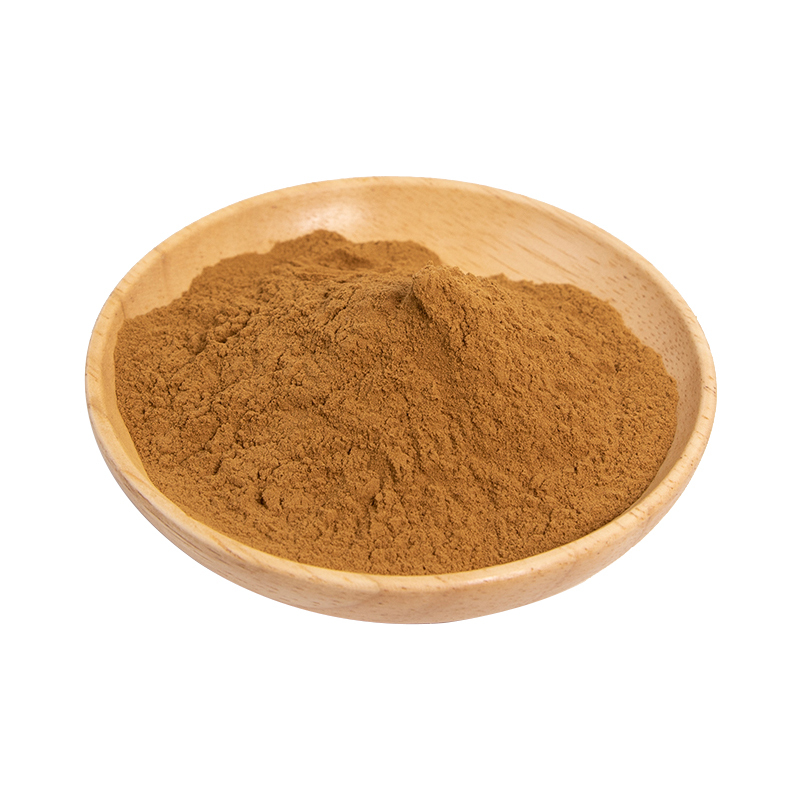Introduction to Albizia Bark Extract
Albizia bark extract is a natural plant extract derived from the bark of the Albizia tree, primarily containing saponins, flavonoids, and alkaloids. This product has a wide range of applications in pharmaceuticals, health supplements, and cosmetics.
In terms of efficacy, Albizia bark extract is commonly used for its calming and skin-soothing properties. The active components can help soothe nerves, alleviate anxiety, and improve sleep quality, making it suitable for preparing calming health products and medications.
Moreover, Albizia bark extract is also used in cosmetics, providing skin conditioning, alleviating allergies, and reducing skin inflammation. The flavonoids and alkaloids help reduce skin sensitivity and redness, while providing hydration and comfort for the skin.
In summary, as a natural plant extract, Albizia bark extract offers various benefits including calming effects and skin soothing, making it suitable for applications in pharmaceuticals, health products, and cosmetics.
Production Process of Albizia Bark Extract
The production process of Albizia bark extract typically involves the following main steps:
- Raw Material Collection: First, select Albizia trees growing in an unpolluted environment and collect their bark as the raw material for extraction. The collection process should consider environmental protection and the welfare of the plants to avoid damage.
- Raw Material Treatment: The collected Albizia bark needs to be washed and sun-dried to remove impurities and moisture, ensuring the purity and quality of the extract.
- Extraction Process: Common extraction methods include water extraction, ethanol extraction, and supercritical fluid extraction. Ethanol extraction is one of the more common methods used. The treated Albizia bark is steeped in an appropriate amount of ethanol and then filtered and concentrated to obtain the extract.
- Concentration and Drying: The extract is concentrated using specialized equipment to remove excess solvent, followed by drying equipment to eliminate moisture, yielding a dry Albizia bark extract.
- Refinement and Testing: The obtained extract undergoes refinement to eliminate impurities and unwanted components, followed by quality testing to ensure compliance with relevant standards and safety requirements.
- Packaging and Storage: Finally, the refined Albizia bark extract is packaged, usually in moisture-proof and light-resistant materials, to ensure product quality. Storage should avoid direct sunlight and high temperatures, kept in a cool, dry place to prolong its shelf life and potency.
In summary, the production process of Albizia bark extract primarily includes raw material collection, raw material treatment, extraction, concentration and drying, refinement and testing, as well as packaging and storage, ensuring the quality and safety of the product.
Efficacy and Side Effects of Albizia Bark Extract
Albizia bark extract is a commonly used traditional Chinese medicine ingredient with various benefits, mainly including the following aspects:
- Muscle and Joint Relief: Albizia bark extract contains various active components that help relieve muscle tension, joint pain, and discomfort.
- Calming Effects: The chemical constituents of Albizia bark extract can calm the mind and improve sleep quality, alleviating issues related to insomnia and anxiety.
- Anti-inflammatory and Swelling Reduction: Albizia bark extract contains components with anti-inflammatory properties that can inhibit inflammatory responses, reducing pain and swelling caused by inflammation.
- Blood Pressure Regulation: Active ingredients in Albizia bark extract have a blood pressure-lowering effect, which can assist in regulating blood pressure levels in hypertensive patients.
- Antioxidant Properties: Numerous antioxidants in Albizia bark extract can scavenge free radicals in the body, slowing aging and protecting cardiovascular and nervous system health.
- Anti-depressant Effects: The active components in Albizia bark extract can help regulate neurotransmitters, alleviating symptoms of depression and improving mood.
- Promoting Blood Circulation: Albizia bark extract aids in promoting blood circulation and improving microcirculation, helping relieve fatigue and dizziness related to circulation issues.
- Anti-allergy Properties: Some studies suggest that the active components in Albizia bark extract have anti-allergic effects, reducing allergic reactions and symptoms of allergic diseases.
Note that Albizia bark extract is generally safe at normal doses; however, it may cause some side effects in specific situations, such as allergic reactions or digestive discomfort. Therefore, it should be used according to medical advice, with attention to dosage and administration. Special populations like pregnant women, nursing mothers, and children should use it under medical guidance.
Application Scenarios and Dosage of Albizia Bark Extract
Albizia bark extract has a wide range of applications in pharmaceuticals, food, and cosmetics. Here are its application scenarios and dosage recommendations in different fields:
- Applications in Medicine:
- Albizia bark extract is commonly used in Traditional Chinese Medicine formulations for treating rheumatic joint pain, neuralgia, insomnia, and so on.
- Dosage: Typically processed into oral forms such as granules, pills, or decoctions. It is generally recommended to take 3-9 grams per dose, divided into 2-3 doses, or adjusted based on medical advice.
- For external use, it can be made into poultices or ointments applied to affected areas, 1-2 times daily, massaging until absorbed by the skin.
- Applications in Food:
- Albizia bark extract is used as a food additive to enhance the nutritional value and functionality of food.
- Dosage: Generally used in health foods, functional beverages, or health teas, added according to production formulas, typically recommending a daily intake of 3-6 grams.
- Applications in Cosmetics:
- Albizia bark extract, due to its antioxidant, calming, and anti-inflammatory effects, is commonly used in skincare products.
- Dosage: Added to creams, lotions, serums, masks, etc., usually in concentrations of 0.1%-5%, with specific amounts determined by the formulation and product type.
Overall, Albizia bark extract in pharmaceuticals is primarily used for disease treatment through oral or external applications; in the food sector, it serves as an additive to enhance nutrition and functionality; in cosmetics, it acts as an effective ingredient for improving skin condition. Regardless of the field, attention should be paid to appropriate dosages and methods to ensure safety and efficacy. Additionally, if any discomfort occurs during use, it is advisable to stop immediately and consult a healthcare professional or pharmacist.
Introduction to the Source Plant of Albizia Bark Extract, Distribution, and Growth Environment
Albizia (Scientific name: Albizia julibrissin) is a common deciduous tree belonging to the Fabaceae family. Below is information about the source plant for Albizia bark extract, its distribution, and growth environment:
- Plant Introduction:
- Albizia is a semi-evergreen or deciduous tree that can reach heights of 10-15 meters, featuring an umbrella-shaped crown and grayish to gray-brown bark.
- The leaves are compound, with opposite leaflets that are elongated or lanceolate, exhibiting a curved midrib and net-like venation.
- The flowers are pale red or pink, fragrant, soft like silk, and bloom in the summer.
- Distribution:
- Albizia is native to Asia, primarily distributed in China, Japan, the Korean Peninsula, and Southeast Asia.
- It has also been introduced to other regions, such as Europe, North America, and Australia, where it is widely cultivated under suitable climatic conditions.
- Growth Environment:
- Albizia thrives in warm, humid climates and is adaptable to various soil types, though it prefers well-drained soils.
- It grows well in sunny environments but can also tolerate partial shade, making it suitable for riverbanks, streams, and slopes.
- Albizia is sensitive to dry and cold environments, requiring a certain level of moisture and warmth for optimal growth.
In summary, Albizia is a highly adaptable, warmth-loving tree species widely distributed across Asia, with introductions and cultivations in other regions. It demands relatively low soil and light conditions but requires consistent moisture and warmth for healthy growth.
Processing and Storage of Albizia Bark Extract
Processing and storage of Albizia bark extract are key steps to ensure its quality and efficacy:
- Processing: Typically, Albizia bark is prepared through water or ethanol extraction methods. First, the bark is collected and dried, then ground into powder or chopped into small pieces. Appropriate extraction solvents, such as water or ethanol, are then used at suitable temperatures and times to obtain the extract.
- Storage: Albizia bark extract should be stored in a cool, dry place, away from direct sunlight and humid environments to prevent moisture absorption, mold growth, or oxidation. It is generally recommended to use airtight containers to store the extract and prolong its shelf life. Additionally, environments with high temperatures, humidity, and strong light should be avoided to maintain the stability and efficacy of its active components.
- Depending on the properties of the extract, it may be beneficial to add appropriate preservatives or antioxidants during storage to extend its shelf life and stability. Regular checks of the appearance and smell of the extract should be conducted to ensure there are no abnormalities, and fresh extracts should be replaced promptly to maintain quality.
In summary, proper selection of extraction methods and conditions is crucial during the processing of Albizia bark extract, while maintaining a cool, dry environment and protecting against light, oxygen, and moisture during storage is essential to ensure its quality and efficacy.
Monica Sun is a seasoned expert in the plant extraction industry with over a decade of experience in research and production. She specializes in the extraction and purification of plant active ingredients, focusing on driving innovation in natural product applications. Monica has participated in the development of multiple functional plant extracts, delivering high-value natural raw material solutions for the health food, pharmaceutical, and dietary supplement sectors.









